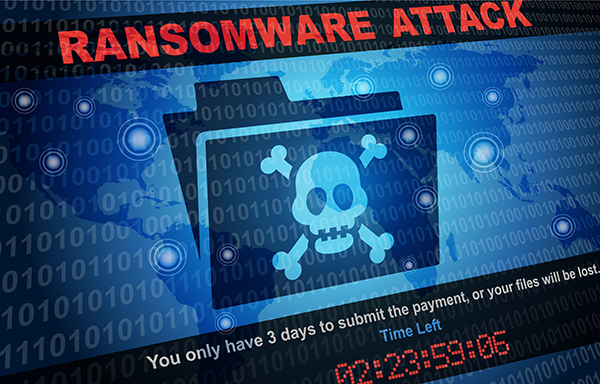A deliberate deployment of cloud computing technology is a good way to give your IT infrastructure the speed and responsiveness required by today’s heightened market expectations. Please let me take a few minutes to explain how we can provide your organization the agility, security, and resilience that comes with modern application architecture.
For a rapidly growing number of companies and organizations, digital transformation is creating powerful opportunities. That is beneficial and highly reasonable – but business leaders need to understand that pushing more of your assets into the digital environment adds a whole new dimension to your risk.
Digital technology is not all about ones and zeros in the cloud. It’s important that the IT infrastructure you rely on to meet your business objectives—from the routers and repeaters in your wireless network to the cabling connecting everything—is sound and up-to-date. And these days, the audio visual equipment in your teleconference rooms, and your physical security equipment, are more important than ever.
In our modern world, it’s not so much if a cyberattack strikes your business, but when. For example, ransomware attacks (just one of the many forms of cybercrime) occur every 11 seconds (CISA 2021). When considering that stunning statistic in the context of the myriad ways that cyber criminals can target your organization, it becomes virtually impossible to wrap your mind around how common cybersecurity issues really are.
As you may know, many organizations last year learned the hard way that cyberdefense needs to be a core part of their mission. In March, the cybercrime gang known as Hafnium made global news when it attacked tens of thousands of organizations around the world through vulnerabilities in Microsoft’s Exchange software. That gave the cybercriminals access to confidential information including usernames and passwords, intellectual property, and material that could be used for blackmail. It took an unprecedented move by the FBI to prevent the Hafnium attack from being catastrophic.
Security incidents can vary widely in their scope and severity of damage. However, regardless of how serious an incident may appear, it will always have financial implications.






